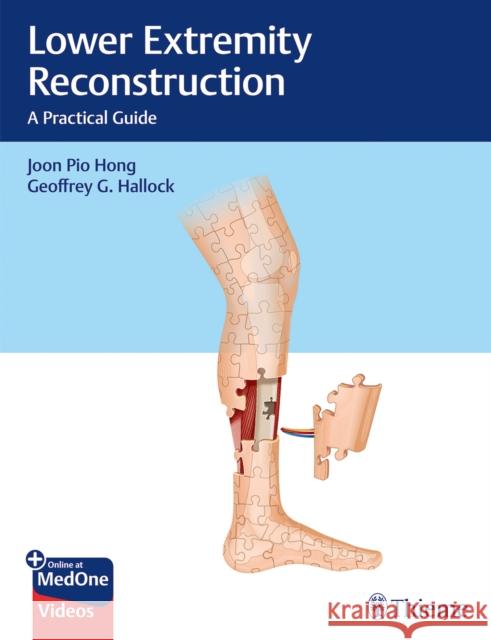Lower Extremity Reconstruction: A Practical Guide » książka
topmenu
Lower Extremity Reconstruction: A Practical Guide
ISBN-13: 9781626238084 / Angielski / Twarda / 2020 / 290 str.
Kategorie BISAC:
Wydawca:
Thieme Medical Publishers
Język:
Angielski
ISBN-13:
9781626238084
Rok wydania:
2020
Ilość stron:
290
Waga:
1.22 kg
Wymiary:
28.7 x 22.1 x 2.03
Oprawa:
Twarda
Wolumenów:
01
Dodatkowe informacje:
Wydanie ilustrowane











